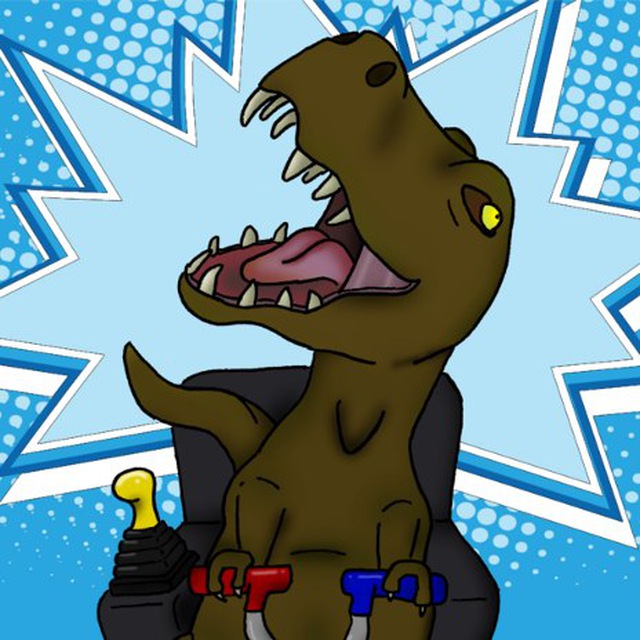Ridiculous. This line is clearly gay.
This is bi erasure.
Not even 10 am and I’m being erased.
Saying that it’s bi erasure is gay erasure.

We claimed it is erasure first, and now here’s our flag.
It’s bi sectional.
Every line is a straight line in one dimension
How can any line that is on the surface of a sphere be straight rather than a curve?
it’s a bit of a “spirit of the law vs letter of the law” kind of thing.
technically speaking, you can’t have a straight line on a sphere. but, a very important property of straight lines is that they serve as the shortest paths between two points. (i.e., the shortest path between
AandBis given by the line fromAtoB.) while it doesn’t make sense to talk about “straight lines” on a sphere, it does make sense to talk about “shortest paths” on a sphere, and that’s the “spirit of the law” approach.the “shortest paths” are called geodesics, and on the sphere, these correspond to the largest circles that can be drawn on the surface of the sphere. (e.g., the equator is a geodesic.)
i’m not really sure if the line in question is a geodesic, though
What is the slope of a straight line, a linear function? Now what is the slope of a nonlinear function, aka a curved line?
A geodesic would only be accurately labeled a “straight line” IF it was on a plane. On a curved or uneven surface it’s a nonlinear function.
i think it depends on what you mean by “accurately”.
from the perspective of someone living on the sphere, a geodesic looks like a straight line, in the sense that if you walk along a geodesic you’ll always be facing the “same direction”. (e.g., if you walk across the equator you’ll end up where you started, facing the exact same direction.)
but you’re right that from the perspective of euclidean geometry, (i.e. if you’re looking at the earth from a satellite), then it’s not a straight line.
one other thing to note is that you can make the “perspective of someone living on the sphere” thing into a rigorous argument. it’s possible to use some advanced tricks to cook up a definition of something that’s basically like “what someone living on the sphere thinks the derivative is”. and from the perspective of someone on the sphere, the “derivative” of a geodesic is 0. so in this sense, the geodesics do have “constant slope”. but there is a ton of hand waving here since the details are super complicated and messy.
this definition of the “derivative” that i mentioned is something that turns out to be very important in things like the theory of general relativity, so it’s not entirely just an arbitrary construction. the relevant concepts are “affine connection” and “parallel transport”, and they’re discussed a little bit on the wikipedia page for geodesics.
Thank you for the informative answer
This whole post is a good illustration to how math is much more creative and flexible than we are lead to believe in school.
The whole concept of “manifolds” is basically that you can take something like a globe, and make atlases out of it. You could look at each map of your town and say that it’s wrong since it shouldn’t be flat. Maps are really useful, though, so why not use math on maps, even if they are “wrong”? Traveling 3 km east and 4 km north will put you 5 km from where you started, even if those aren’t straight lines in a 3d sense.
One way to think about a line being “straight” is if it never has a “turn”. If you are walking in a field, and you don’t ever turn, you’d say you walked in a straight line. A ship following this path would never turn, and if you traced it’s path on an atlas, you would be drawing a straight line on map after map.
I think those last 2 paragraphs are due to people approximating math that would otherwise be quite complex to calculate, or making models that are approximations due to widespread available technology. Just because I don’t turn if I cross over Mt Everest, does not mean that is the fastest route by foot.
I’m not saying to not use these approximations.
I really recommend the book “Where Mathematics Comes From,” to really think deeply about what math is to us as an animal. Even other animals can do some rudimentary math, and arguably athletes are doing math innately as they perform their sports. Birds and dolphins do physics and calculus. Sort of. In this view, what we teach as math to each other as humans is essentially a language describing these phenomenon and how they work together. Calling this approximation a “straight line” in this language sense isn’t very accurate and it’s what’s causing the debate.
By defining the coordinate system as a sphere.
Basically, there are multiple right answers, but the most correct answer depends on how you define coordinates.
In “simple”, xyz it’s not a line.
In Euclidean geometry, a straight line can follow a curved surface.
In bullshit physics, everything is warped relative to spacetime so anything can or cannot be a line, but we won’t know.
Would clarifying words have helped? “If you only sailed with forward force…” or “Following along the surface of the earth…” or… what?
Obviously they mean that you don’t need to make any turns and that straight means an arc around the earth and not through the Earth, unless someone has a very different idea what sailing means…
Depends on what you mean by help. Yes, it would communicate the point better, but it’s engagement bait, so the ambiguity is a feature rather than a bug.
Yes I think they mean it’s a continuous line, not a “straight” line. As in the line is uninterrupted (continuous). It’s also possible they mean the line qualifies as a nonlinear function since it also doesn’t double back over itself (A function is a relationship where each input value (X) will create only one output value (Y)).
Math is hard. Describing lines like this is math - calculus actually due to the curve, and actually not just basic calculus but vector calculus because it involves an x,y, and z axis. Most laypeople will struggle to describe a line with the correct jargon.
THAT would be one god damn brutal sail. Both horns, Southern Atlantic crossing followed up by the Indian Ocean.
The range of foulies you would need to bring would be 3/4 of your pack. Foulies underwear and A sock (you’re going to lose one anyways)
I assume you mean “both capes.” While this line does come within a few thousand miles of the Horn of Africa, that’s not known as an especially hard sailing area but maybe for pirates.
Sailing this line in the other direction would be considerably harder.
deleted by creator
Cmon man. Yes I’ve been a few places in sailboats. North sea in the winter for one. You clearly were trying to refer to Cape Horn and The Cape of Good Hope (or Cape Agulhas). Just take the L and don’t be a twat.
OMG I got a word wrong.
I feel like this is related to the can’t measure the coast’ thing.
Like if you zoom in enough you are always traveling in a straight line.
deleted by creator
Hey that’s neat pulled it up in a 3d globe web app and its pretty close to straight
deleted by creator
deleted by creator








